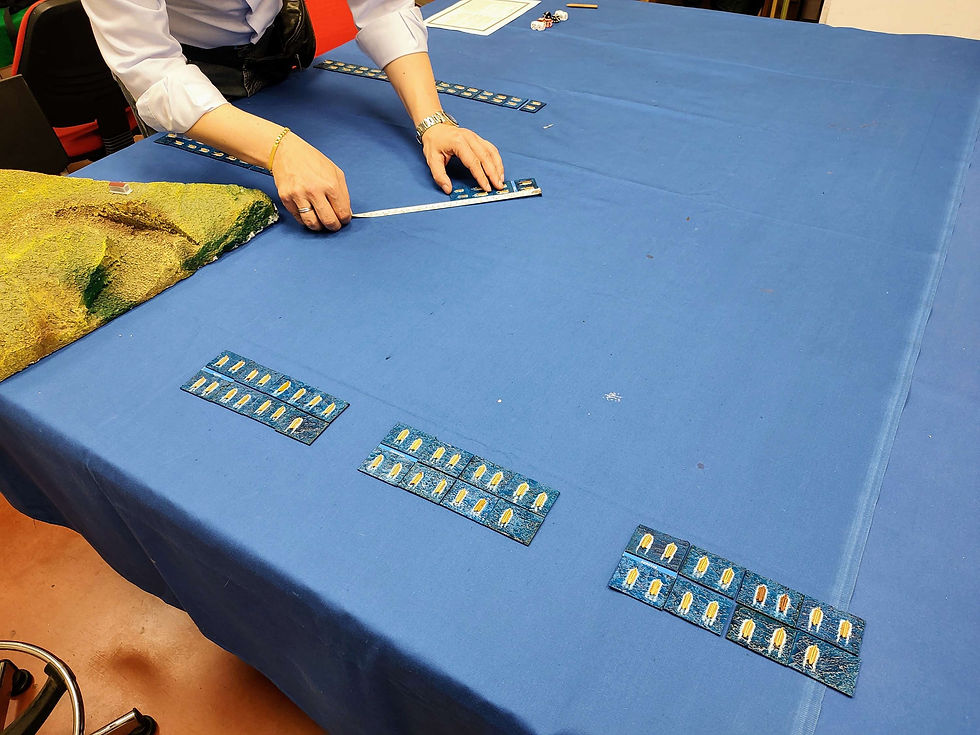Persian Fire - a review
- alkedominis
- 20 apr
- Tempo di lettura: 2 min
Persian Fire, by Tom Holland, is an history of the great Persian wars. What distinguishes this book from the rest of the historiography on the same subject is, in Holland’s words, that it “paint(s) a panorama of the entire world that went to war – east as well as west”, so that “a story traditionally told from one side may now be glimpsed... from the other as well”.

Indeed, Persian Fire places much emphasis on the cultural roots and the motivations of all the actors involved, providing the political, diplomatic and cultural point of view of both the Greek poleis and of the Persian empire. The events are thus framed within a much, much broader and understandable context. A chapter each is dedicated to exploring Athens, Sparta and Persia as political and cultural entities (taking up a sizable portion of the book – roughly half of it!). This is the most original and fresh part of the narration. Of particular interest is the chapter dedicated to Persia and its rulers, which details the history, ideology and religious background behind the idea of invading Greece.
Holland’s sophisticated and broad approach makes the book engaging and complex, and prevents the history of these great conflicts from simply being a dry and simplistic wikipedia-style sequence of events. Quite the contrary, the concrete developments on the ground are illustrated synthetically while the author's attention is focused on the motivations, ideas and cultures from which they originate. I should add, all of this is narrated in a quite dynamic and vivid style, managing to convey even quite serious subjects in an enjoyable manner.
From a wargaming and especially naval perspective, this is perhaps the flaw of the book. You will not find detailed descriptions of the battles or even of the campaigns, which are described smartly and comprehensively but without much minutiae. From a naval point of view the book is even less detailed. Even great events such as Artemision or Salamis are narrated summarily, and there is no discussion of the techniques, technologies and dynamics of naval combat. Granted, the subject is still so undetermined that such a discussion would probably have taken a disproportionate space of the book, which after all is about other things.
In conclusion, the author's broad view makes Persian Fire a fascinating read, most recommended to everyone - and if you are a fan of the Persian Wars, or you plan to play them on the table and are looking for some serious historical background, this is really a must-read. Although you will need a complementary book of military history to have a detailed discussion of the purely military dimension of the confrontation.





Commenti